Trip hop is a musical genre that originated in the late 1980s in the United Kingdom, especially Bristol. It has been described as a psychedelic fusion of hip hop and electronica with slow tempos and an atmospheric sound, often incorporating elements of jazz, soul, funk, reggae, dub, R&B, and other forms of electronic music, as well as sampling from movie soundtracks and other eclectic sources.
Downtempo is a broad label for electronic music that features an atmospheric sound and slower beats than would typically be found in dance music. Closely related to ambient music but with greater emphasis on rhythm, the style may be played in relaxation clubs or as "warm-up or cool-down" music during a DJ set. Examples of downtempo subgenres include trip hop, ambient house, chillwave, psybient and lofi hip hop.

Endtroducing..... is the debut studio album by American music producer DJ Shadow, released on September 16, 1996, by Mo' Wax. It is an instrumental hip hop work composed almost entirely of samples from vinyl records. DJ Shadow produced Endtroducing over two years, using an Akai MPC60 sampler and little other equipment. He edited and layered samples to create new tracks of varying moods and tempos.

Walking Wounded is the ninth studio album by British musical duo Everything but the Girl. It was released on 6 May 1996 by Atlantic Records in the United States and Virgin Records in Europe. The album saw the group adopting a more electronica-based style, following the success of the remixed version of "Missing" from their previous album, Amplified Heart.

Storm the Studio is the debut album by English electronic music group Meat Beat Manifesto, released on 20 February 1989 by Sweatbox Records in the United Kingdom and later that year by Wax Trax! in the United States. Recorded in three recording studios, the album contains four compositions, each split into separate parts, that mostly originated as twelve-inch singles the band released in 1988. The record's inventive musical style features elements of industrial music, electro, dub, noise rock and hip hop music, and incorporates breakbeats, noise and sporadic rap vocals. The group also incorporated heavy usage of sampling in a fashion they compared to pop art. Television was a further influence on the record, and numerous items of television dialogue appear throughout Storm the Studio as samples.
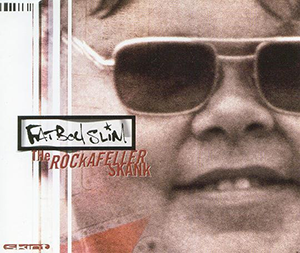
"The Rockafeller Skank", often referred to as "Funk Soul Brother" by fans, is a song by English big beat musician and DJ Fatboy Slim. It was released as the lead single from his second studio album, You've Come a Long Way, Baby (1998), on 8 June 1998. The single peaked at number six on the UK Singles Chart in June 1998 and topped the Icelandic Singles Chart for a week the same month. It was the second Fatboy Slim single to chart on the US Billboard Hot 100, peaking at number 76. In 2022, Rolling Stone ranked "The Rockafeller Skank" at number 199 on their list of the "200 Greatest Dance Songs of All Time".
The Moody Boys or Moody Boyz are Tony Thorpe's UK-based record production and remix outfit, active since 1988.

"Block Rockin' Beats" is a song by British big beat duo the Chemical Brothers. Released in March 1997 as the second single and opening track from their second studio album, Dig Your Own Hole (1997), it topped the UK Singles Chart and peaked at number 40 on the US Billboard Modern Rock Tracks chart. It received a Grammy Award for Best Rock Instrumental Performance.

Ginger is the debut studio album by Dutch electronic music producer Speedy J. Released via a joint deal between Plus 8 and Warp in September 1993, the album was the sixth release in Warp's Artificial Intelligence series, which focused on "electronic listening music" by different artists. It peaked at number 68 on the UK Albums Chart and remains Speedy J's most successful album there.
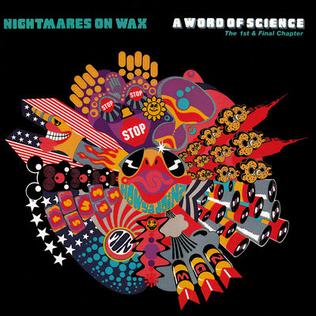
A Word of Science is the debut studio album by British electronic producers Nightmares on Wax. Released by Warp Records in September 1991, it is the act's only album as a group before it became a solo vehicle for George Evelyn. Evelyn nonetheless recorded and produced the album alone, incorporating samples and elements from demo tapes he made in the late 1980s. Although Nightmares on Wax debuted with two well-received techno singles in 1989-1990, A Word of Science is eclectic and largely moves the act towards a more mellow style influenced by funk, soul and hip hop, while still incorporating techno and house styles.
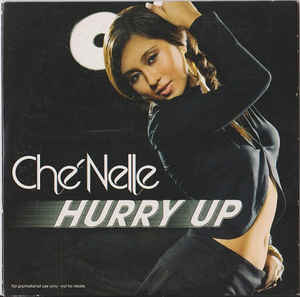
"Hurry Up" is a song by Australian singer Che'Nelle from her debut studio album, Things Happen for a Reason (2007). The song was released as the second single from the album. A music video was released for the song. The song was written and produced by both Sean Garrett and Warren Felder and was recorded in Atlanta, Georgia. The song received an official remix for its UK release featuring the rapper Tinchy Stryder.
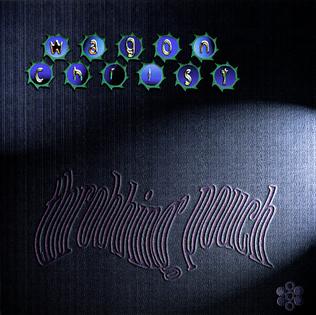
Throbbing Pouch is a studio album by English electronic musician Luke Vibert. His second studio album under the alias Wagon Christ, it was released on 20 March 1995 by Rising High Records.
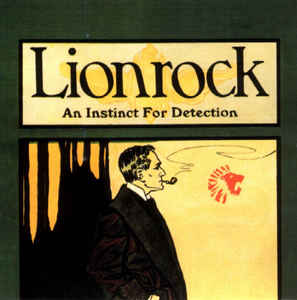
An Instinct for Detection is the debut studio album by British electronic act Lionrock, fronted by Mancunian producer Justin Robertson. Released in April 1996 in the United Kingdom by Deconstruction Records and in 1997 in the United States by Time Bomb Recordings, the album presents an eclectic sound, incorporating elements of house, techno, dub and rock, and was inspired by city life. The character of Sherlock Holmes also proved an influence, with film dialogue samples dispersed throughout the record. Though largely instrumental, some tracks feature vocals from MC Buzz B.
Ian Cassar, better known as Req, is an English DJ, record producer, and graffiti artist.

Frequency Jams is the second studio album by English experimental electronic producer Req, released in 1998 on Skint Records. As with his debut album, One, Frequency Jams was recorded on a lo-fi 4-track recorder and featuries abstract arrangements that incorporate esoteric, fractured beats, while also introducing new, eclectic influences such as jazz-funk and avant-rock into Req's music. Some felt the album pushed Req closer to the avant-garde, with stronger usage of noise. The album has received critical acclaim for its bleak, dark tone and atypical production. It was named the year's 47th best album by The Wire.

Give 'Em Enough Dope Volume One is a compilation album of music by various artists released in 1994 by British electronic label Wall of Sound as their first release. The idea for the album came when Wall of Sound's founder, Mark Jones, wanted to release a compilation of hard-to-find music by unsigned artists, with whom he had worked with via his distribution and pressing deals, so that the music could be heard by a wider audience. He picked his favourite such tracks which there was already an audience for and this became the compilation.

Emit Ecaps is the third album by English techno producer Jonah Sharp under his pseudonym Spacetime Continuum. It was released in February 1996 on Reflective Records in the United Kingdom and on Astralwerks in the United States. After establishing himself as a techno producer but then moving to an ambient style on his previous album Sea Biscuit (1994), Sharp's music on Emit Ecaps balances his techno and ambient styles with influences of drum and bass and jungle music. The name of the album reverses the term 'space time'. Emit Ecaps was a radio success and received acclaim from music journalists who praised Sharp's change in direction. The album was followed in November 1996 by Remit Recaps, a remix album of material from Emit Ecaps, created with the involvement of several producers.

Freek Funk is a studio album by British techno producer Luke Slater, released in October 1997 by Novamute Records as his first album for the label and his first for a major label. The album was among Slater's most personal works to date, and his intention for the album was to record music that went beyond the four-to-the-floor nature of techno and push the genre's barriers, resulting in an eclectic, minimal album that also incorporates funk, acid techno and electro styles. The album varies in tone, with aggressive techno tracks and softer, less upbeat material.
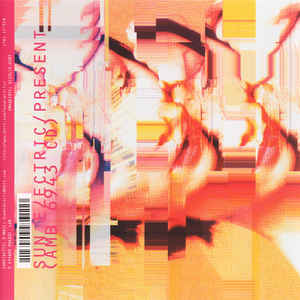
Present is the third album by German techno duo Sun Electric, released in November 1996 by Belgian label Apollo Records. The duo's first full-length studio album for the label, the album is a return to Sun Electric's more beat-oriented material and incorporates styles of dub, jungle, IDM, breakbeat and downtempo. The album artwork by The Designer's Republic features a manipulated image similar to artworks of Madonna, reflecting the melancholic, fractured sound of the album. Music critics greeted Present favourably, praising its inventive style, and some have since recognised the record as overlooked.

Nighttime World Volume 1 is an album by American electronic musician Robert Hood, released in 1995 on Cheap Records. Compared to his previous minimal techno work, the record features influences and elements from jazz, soul and downtempo. Its follow-up record, Nighttime World Volume 2, built upon the style of its predecessor and was released on Hood's M-Plant in 2000.
















